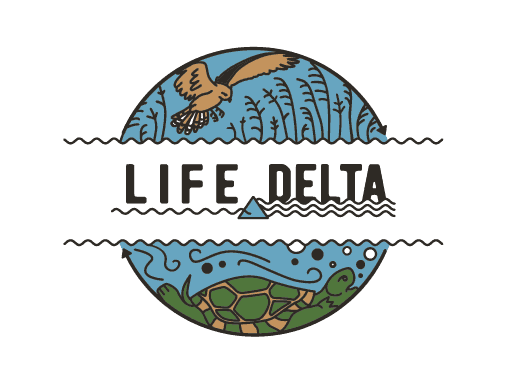
03 May Radio Kielce: Almost everything is ready to receive newts
Naturalists prepare the breeding habitats for the great crested newt in the Nida delta. This is one of the most mysterious amphibians in Poland.
Due to high water pollution and frequent droughts, the newt population is decreasing year by year, so it is necessary to increase it.
Specialists from the Complex of Swietokrzyskie and Nadnidziañski Landscape Parks as well as scientists from the Institute of Nature Protection of the Polish Academy of Sciences and the Institute of Biology in Cracow are working on the site. Currently, three small ponds are under construction.
– Each of them has an area of about 1.5 ares, while the depth of the ponds varies – says Dr. Tomasz Łaciak from the Institute of Biology in Krakow.
– Crested newts generally prefer deeper reservoirs, ponds. The depth depends on the water level, it is about 1.2 m at the deepest point. Newts are generally aquatic-terrestrial organisms and spend most of their lives on land, but to reproduce, they enter the water – explains Tomasz Łaciak.
Currently, the so-called plant transplant. Scientists create a natural environment for amphibians, so they throw branches and pieces of plants into the reservoirs, such as eg lake bald, which helps in the process of water filtration. Once rooted, they will provide hiding places, but also a breeding ground for newts.
– Various types of organisms develop on these branches, including insects, invertebrates that feed our newts. At the moment, we are working on preparing these tanks optimally for these animals, says Paweł Adamski, professor at the Institute of Nature Conservation of the Polish Academy of Sciences in Krakow.
– One of the main problems of amphibians is the disappearance of breeding sites. If the amphibian has nowhere to reproduce, the population will shrink. Since 1994, since we have been monitoring this place, the water level has been constantly dropping. Even if this area was flooded in the spring, the water did not last long enough for the animals to complete their development, he adds.
In just a dozen or so days, after completing the work on creating habitats, newts will be released into the ponds. This year, approx. 40 newts, which, however, will be chipped beforehand. Thanks to the transmitters, scientists will know the fate of amphibians.
Source: https://m.radio.kielce.pl/pl/wiadomosci/niemal-wszystko-gotowe-na-przyjecie-traszek,127960?fbclid=IwAR2s8D3xZatle01mqj2q3osNgEUiSZzvUSRHrTVouuNJeDsON95uh6




